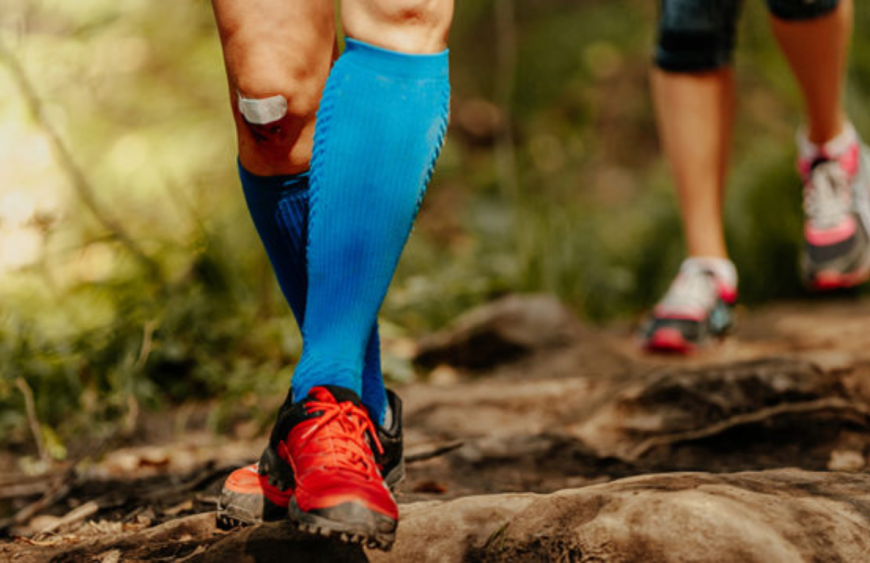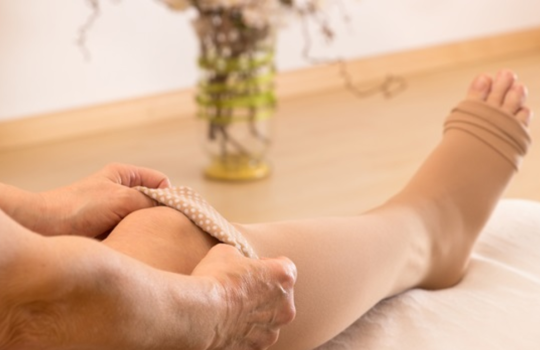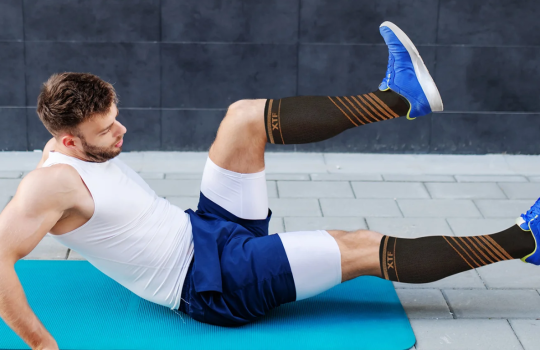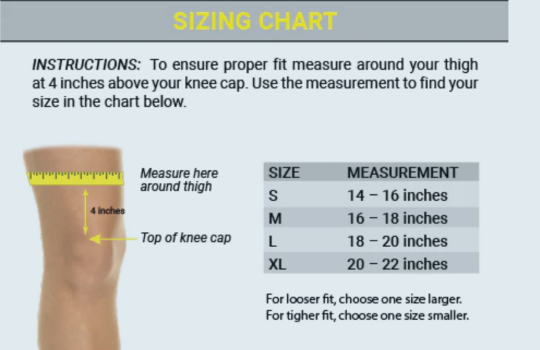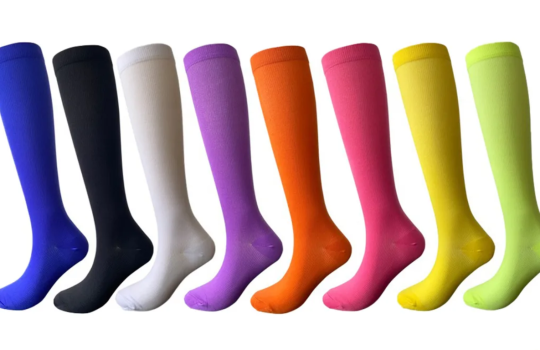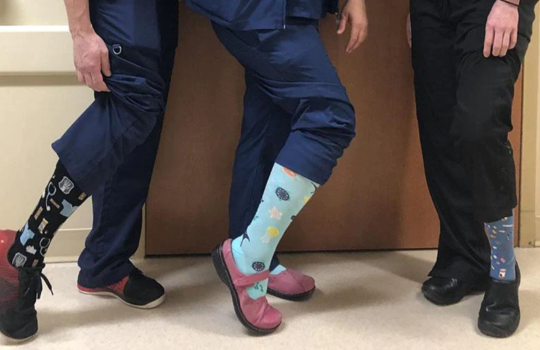Introduction
Hiking is a fantastic way to reconnect with nature and challenge yourself physically, but it can also take a toll on your feet and legs. That’s where compression socks come into play. This comprehensive guide explore how hiking compression socks can significantly enhance your hiking experience. From understanding their technology to finding the best pair for your needs – we have everything covered!
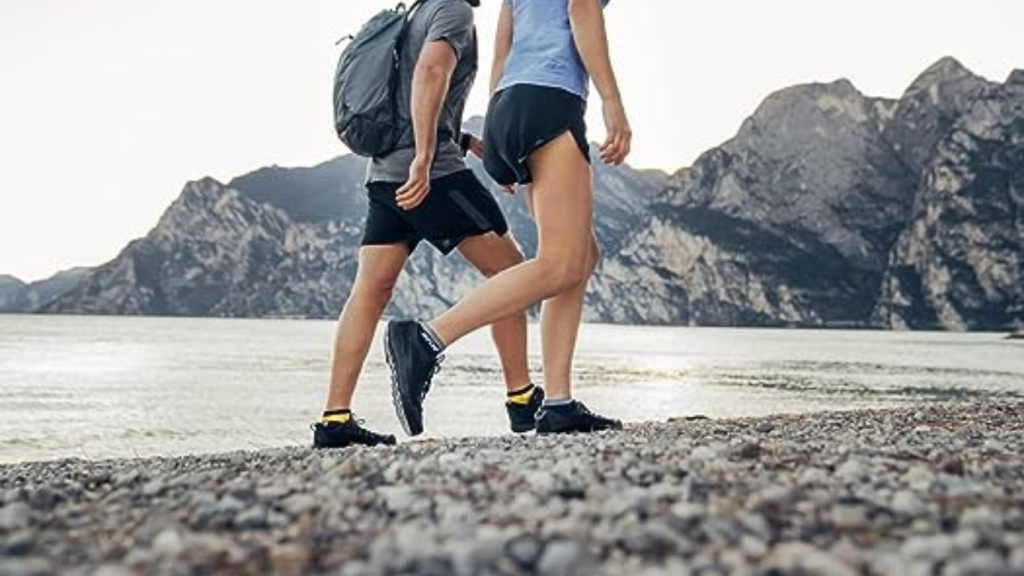
Understanding hiking Compression Socks
Compression socks for hiking are different from your ordinary hiking accessory. They are designed with advanced technology to provide targeted pressure to your legs. These socks enhance blood circulation, reduce muscle fatigue, and prevent swelling during prolonged hikes by gently squeezing your legs.
Benefits of Compression Socks for Hiking
Imagine conquering steep trails and rocky paths without the discomfort of swollen feet. Compression socks offer a range of benefits, including improved blood flow, reduced muscle soreness, and enhanced overall performance. Say goodbye to post-hike edema and discomfort.
Choosing the Right Hiking Compression Socks
Not all compression socks are created equal. Material, compression level, and fit are crucial factors to consider. Selecting the correct size of toeless compression socks is vital for maximum effectiveness. Proper sizing ensures that the socks apply appropriate pressure to the legs without causing discomfort. Manufacturers often provide sizing charts to assist users in finding the right fit.
To measure for the correct size, take accurate measurements of the ankle circumference, calf circumference, and leg length. Following the manufacturer’s guidelines will ensure a comfortable and snug fit.
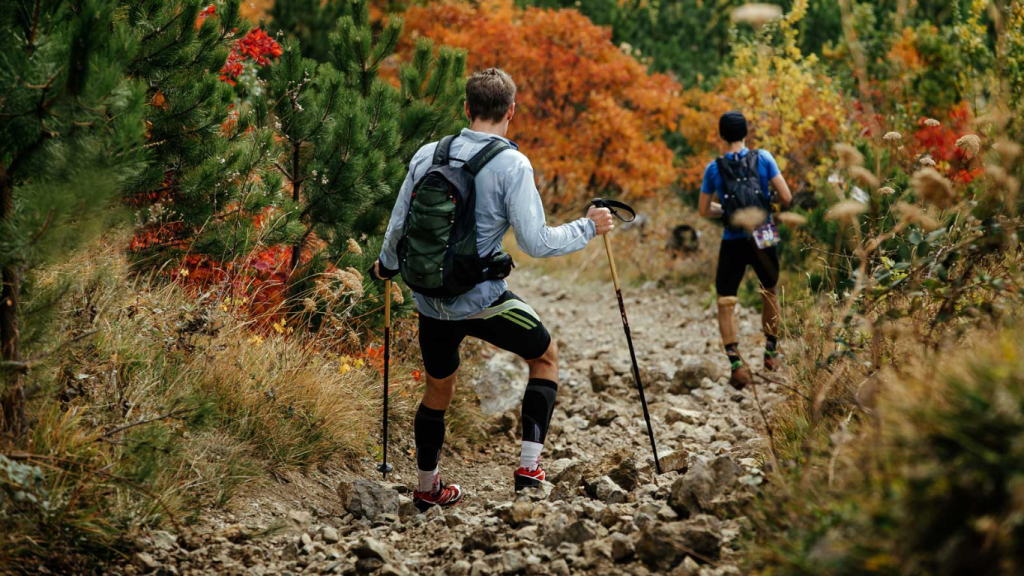
Impact of Compression Socks on Hiking Performance
Picture yourself hiking longer trails and exploring more challenging terrains without feeling drained afterward. Many hikers have reported increased endurance and reduced muscle soreness when wearing compression socks for hiking. Their firsthand experiences highlight the transformative power of these socks.
Addressing Common Hiking Foot Problems
Have you ever had blisters or aching arches after a hike? You are not alone. Compression socks for hiking help ease the pain of hiking’s potentially taxing on your feet. Imagine these socks as your trusty sidekick, providing extra protection and support. Blisters happen when your shoes rub against your skin too much, but compression socks act as a barrier, reducing friction and giving your feet a smoother ride. Those unique socks offer much-needed backup if you’ve experienced discomfort in your arches. They give your arches a bit of extra love, helping to ease the strain and make your hike much more comfortable. So, say goodbye to those pesky problems and confidently step onto the trails, knowing that your feet have a reliable ally in the form of compression socks hiking.
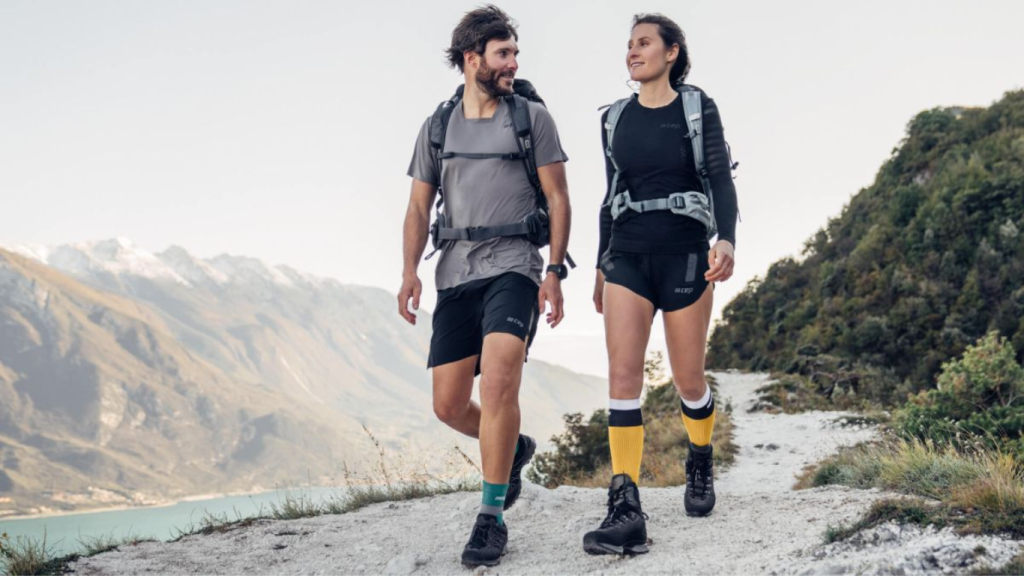
Compression Socks vs. Regular Socks
Are compression socks worth the hype? We’ll compare the features and benefits of compression socks for hiking with regular hiking socks. Whether tackling a leisurely trail or an arduous mountain path, discover when to opt for hiking compression socks for the ultimate comfort and performance.
Tips for Wearing Compression Socks Correctly:
- Timing Matters: Wear hiking compression socks when your legs are least swollen in the morning.
- Prepare the Scene: Remove any jewelry that might get in the way.
- Roll It Down: Gently roll down the top of the sock to the heel, creating a “tube.”
- Foot Entry: Sit down and slip your foot into the “tube,” ensuring your heel correctly aligns.
- Unroll Smoothly: Slowly unroll the sock upward, ensuring it’s smooth and even on your skin.
- Take Your Time: Smooth out any wrinkles as you go – no need to rush.
- Comfort is Key: The sock should feel snug but not uncomfortably tight once it’s up.
- Heel Check: Ensure the sock’s heel aligns correctly with yours.
- Repeat for Both Feet: Don’t forget to repeat the process for the other foot.
Best Practices for Washing and Maintaining Compression Socks:
- Follow Care Instructions: Always check the care label on your compression socks hiking for specific washing instructions.
- Gentle Washing: Hand washing is the softest option. Using a machine, use a delicate cycle and a mesh laundry bag.
- Cold Water: Use cold water to prevent any damage to the elastic fibers of the socks.
- Mild Detergent: Opt for a gentle, non-bleach detergent to avoid breaking down the fabric.
- Avoid Fabric Softeners: Skip fabric softeners as they can reduce the elasticity of the socks.
- No Bleaching: Avoid using bleach or harsh chemicals, which can damage the fabric and affect the compression level.
- Drying: Air-dry your compression socks by laying them flat. Avoid wringing or twisting them.
- No Direct Heat: Keep socks away from direct sunlight, radiators, or heat sources, as heat can affect elasticity.
- Storage: Store your compression socks flat or rolled up to maintain their shape and elasticity.
- Rotation: If you wear compression socks frequently, consider having multiple pairs to rotate and extend their lifespan.
Ready to make your travels more comfortable? Explore our detailed guide on travel copper compression socks for a journey filled with comfort and well being.
Are Compression Socks Suitable for Everyone?
Who Benefits: Compression socks are great for hikers, travelers, athletes, and even people who stand or sit for long periods. They can help improve blood circulation and reduce discomfort.
Medical Conditions: Your doctor could suggest compression socks if you suffer from medical disorders like deep vein thrombosis (DVT), varicose veins, or edema.
Seek Medical Advice: If you have certain medical conditions or are pregnant, it’s wise to talk to a healthcare professional before using compression socks. They can guide you on the right compression level and fit.
Choose the Right Level: Compression socks come in different pressure levels. Your doctor can help you choose the right level based on your needs.
No one solution fits all: Remember that what may or may not work for one individual may not work for another. Finding the proper fit and pressure for your particular scenario is essential.
Skin Sensitivity or Allergies: Choose compression socks produced from materials suitable for your skin if you have skin sensitivities or allergies.
Choosing Compression Socks for Different Hiking Conditions
Adaptability is key in the world of hiking. We’ll suggest the best compression socks to wear in varying conditions, from hot to cold weather and different terrains. Explore features like moisture-wicking and cushioning that enhance your hiking experience.
Beyond Hiking: Other Outdoor Activities for Compression Socks
While our focus has been on hiking, compression socks have benefits that extend to other outdoor activities. Trail running, backpacking, and mountaineering can all benefit from the support and comfort that compression socks provide.
Conclusion
Compression socks have the power to transform your hiking experience. They become your ultimate hiking companion by enhancing blood circulation, reducing muscle fatigue, and preventing swelling. Whether you’re an occasional hiker or a seasoned adventurer, consider adding compression socks to your gear for improved trail comfort and performance.

